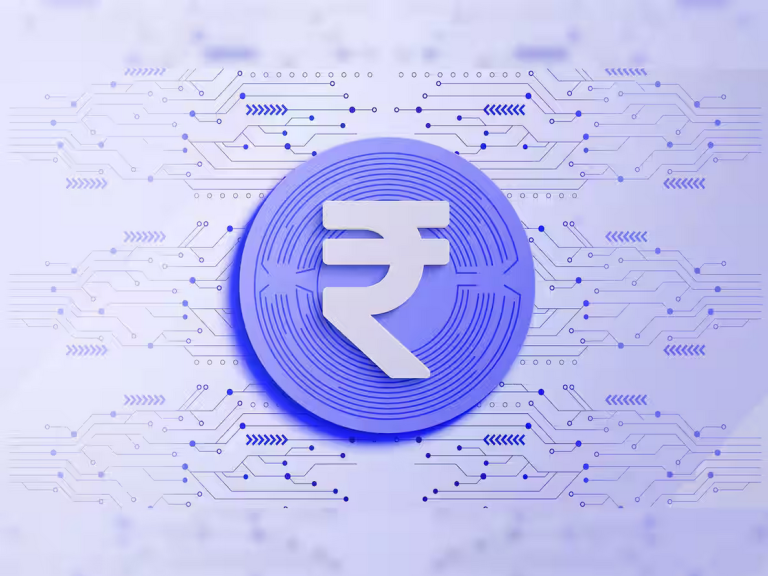The Indian rupee has remained fairly volatile near 83.94 against the US dollar in early trade on Friday due to high crude oil prices and foreign portfolio investors’ selling. Foreign institutional investors (FIIs) were net sellers, selling shares worth Rs 2,595.27 crore in the capital markets, and were planning to enter this market only in the near year. India’s exports shrunk by 1.2% to USD 33.98 billion in July and the trade deficit increased to USD 23.5 billion.
Market Impact
The rupee opened at 83.93 and remained flat, they were at 83.94 which is their previous closing price against the greenback. Positive sentiment in both domestic and global equity markets was supportive of the rupee. The dollar changed a tad weaker against a basket of six currencies, as the dollar index came down to 102.80.
Crude Oil and Equity Market Performance
The dollar crisis deepened and elevated crude oil prices became an area of concern that impacted the rupee. Brent crude, the international oil marker, was down marginally to $80.84 per barrel. On the same day, The Sensex was up by 811.34 selected points, which is approximately 1.03 % of the total possible amount, to 79,917.22 points. The broader Nifty gained 246.20 points (1.02%) to 24,389.95 points.
Previous Days’ Performance
Small capital flows helped the rupee end at 83.94 against the US dollar. The dollar index was 102.80 at the end of the year. The rupee opened at 83.93 against the dollar and remained steady at 83.94 against the greenback. Better sentiment in the equity markets aided the rupee. Fluctuations in crude oil prices also influence the steadiness of the currency. International factors such as the flows of foreign capital and trade deficit contribute to rupee fluctuation.
Major factors affecting rupee-dollar exchange rates
Gross Domestic Product growth rates, employment statistics, and inflation rates in the United States and India affect the exchange rate. Economic productivity or growth as coined by Samir which could reflect increased economic performance also boosts a country’s currency. RBI and the Fed are directly involved in determining the exchange rate. This is due to interest rate changes and monetary policies that have significant contributions to make.
The exchange rate is also impacted by the trade relations that signify the difference in the trade credit between the two nations. A trade surplus in India invariably leads to a stronger INR and a trade deficit in India leads to a weaker INR. Instability in political systems and government structures influences the confidence of investors as well as the exchange rates. Fluctuations in political climates may result in the devolution of currencies. Short-term changes undermine the exchange rate from traders’ reactions to the news, the release of economic information, and other global occurrences.
RBI’s role in managing currency fluctuations
The Monetary Authority is the Currency Board and the management of the currency and the creation of banknotes and coins are the functions of the RBI. It prudently controls its banknotes in terms of volume or number produced and the corresponding value assigned to them based on important factors such as inflation, GDP, and needed reserve stock. Currency printing presses and mints in India help in the proper circulation of currencies. The RBI intervenes in the foreign exchange market by purchasing or selling foreign currencies to eliminate volatile fluctuations. Currency supply and demand are regulated in forex markets to foster trader confidence and reduce disruptions. The RBI also oversees the futures trading in currencies and protects the interest of the trading parties.
Conclusion
The supported position of the rupee due to global economic factors can be an outcome of multiple interrelated factors influencing the value of the currency. The stability observed in the Rupee can be attributed to a fine balance considered in concern to world economies. RBI plays various roles in providing stability to the Indian currency and for the betterment of the Indian economy.

Note: You can reach us at support@scoopearth.com with any further queries.
Linkedin Page : https://www.linkedin.com/company/scoopearth-com/
